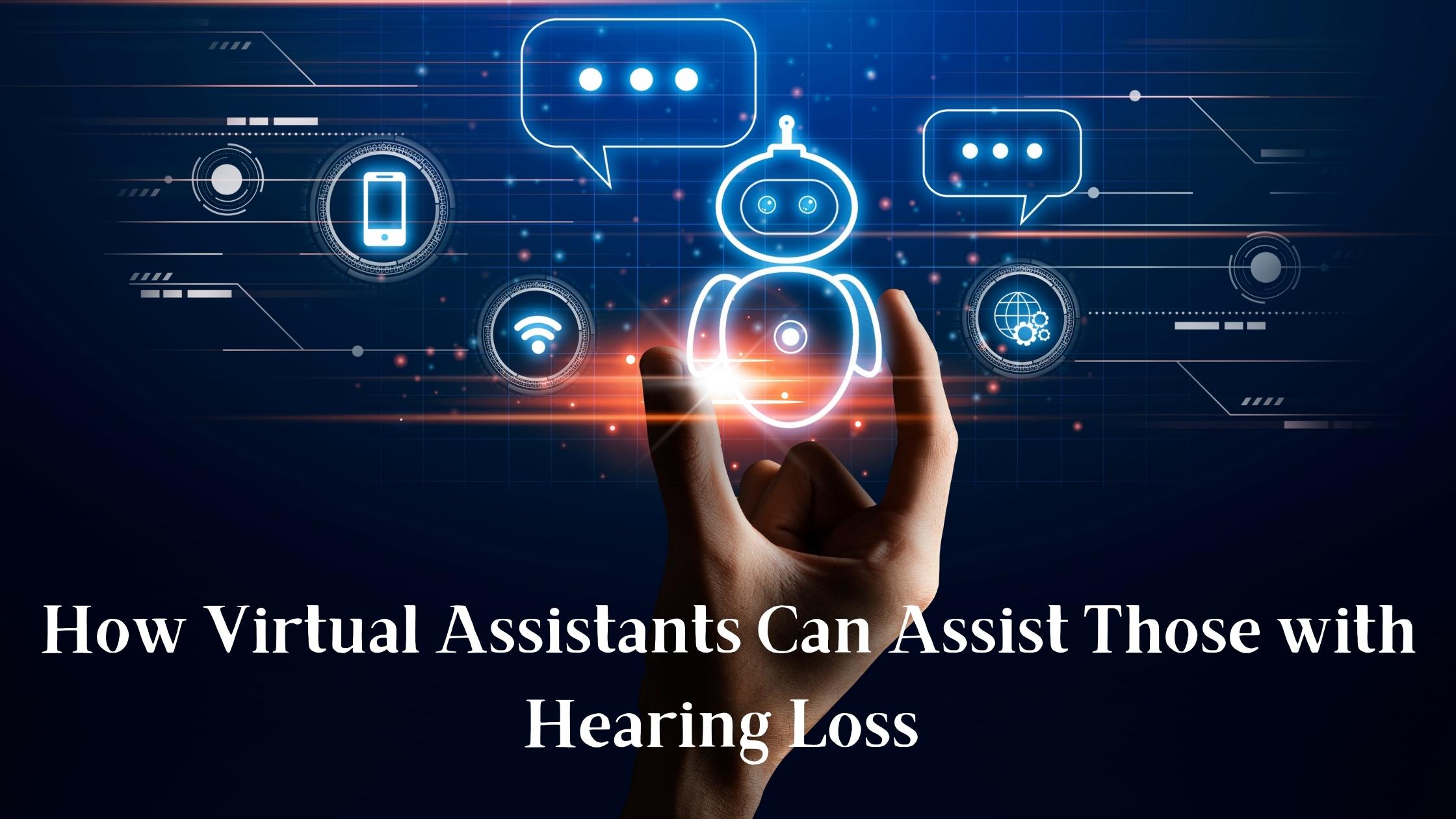Our relationships with information have changed dramatically in the past decade or two. Prior to widespread access to the Internet, information retrieval required time, intention, and physical space. Consulting a phone book, encyclopedia, or library took some effort on the part of the person seeking information, and we tended to rely on others to share truths with us. This relationship with information looks completely different today. Most people have Internet-enabled smartphones in their pockets, making it possible to consult quickly and easily with a vast database of facts, opinions, and possibilities.
Discerning the differences between these categories of information remains the challenge. In addition to the ability to type and search, smart speakers and virtual assistants are a streamlined way to access information and to modify our home environments. What about those who are hearing impaired or who have hearing loss? It might seem that virtual assistants like Siri, Alexa, Google Assistant, and Microsoft Cortana would only be useful to those who can hear the delivery of information. In fact, two innovations have made it possible to integrate virtual assistants into everyday life for those with hearing loss, as well.
Captioning through Smart Speakers
One exciting innovation in accommodation for those with hearing loss is the Tap to Alexa function of the Amazon Echo interface. Whereas most Alexa ports do not include visual information, the Amazon Echo has a touchscreen interface, as well. This screen is useful for a number of purposes, but one of the exciting possibilities for a person with hearing loss is the integration of closed captioning into the home environment. Amazon calls this feature “Subtitles,” and the screen can provide captions for many TV programs, movies, and other videos.
Subtitles can also work in conjunction with voice commands. Rather than speaking back and answer, Subtitles report back the answers to questions in text rather than through a voice-to-voice conversation. The technology for voice-recognition and captioning continues to develop with smart speakers, including Tap to Alexa, Siri, Google Home, Microsoft Cortana, and other virtual assistants.
Bluetooth Compatibility with Hearing Aids
Those who have hearing aids with Bluetooth compatibility stand to gain even more from voice commands to virtual assistants and smart speakers. When a voice command is spoken to Siri, Alexa, Google Assistant, or Microsoft Cortana, the response can be streamed directly to hearing aids without the loud volume that would be necessary to hear the assistant in space. It might come as a surprise, but the early adopters of smart speakers were skewed toward the population 55 years of age and older, comprising 33% of the early adopters, according to a report by National Public Radio.
Indeed, many seniors already enjoy the use of these voice commands rather than relying on typing. Yet, with compromised hearing ability, it is more difficult to get the response than it is to give the command. Bluetooth connectivity makes it possible to communicate directly with these devices, making the use of the virtual assistant more personalized than ever. These voice commands also make it possible to bypass some of the confusion caused by smartphones and tablets. Each interface and application can feel like an additional information stream to navigate, and cutting directly to asking questions with the voice feels like a useful shortcut for many seniors, including those with hearing loss.
Hearing Loss Treatment
If you or someone you love has struggled to use a smart speaker or virtual assistant, some of these integrations can make them even more useful devices than ever imagined. However, those with untreated hearing loss will most likely continue to struggle with smart speakers unless they are played at incredibly loud volumes in the home, potentially disturbing others who share the residence.
Treatment for hearing loss will not only improve communication and enjoyment of acoustic listening, but when hearing aids offer Bluetooth connectivity or other means of media sync, they can actually enhance the listening experience in ways that were never imagined. Don’t delay getting the help you need by making an appointment for a hearing test. That diagnosis is crucial to connecting you with the help you need to navigate today’s quickly shifting information landscape.

